Figure 5 – uploaded by prof.Mona F O U A D Ali

Figure 5 XRF pattern for the orange pigment, lead was the major element indicated in the sample. Figure 6 EDX analysis for the orange paint layer indicat- ing the presence of Pb, Fe. Al, Ca and traces from Mn and K.
Related Figures (21)
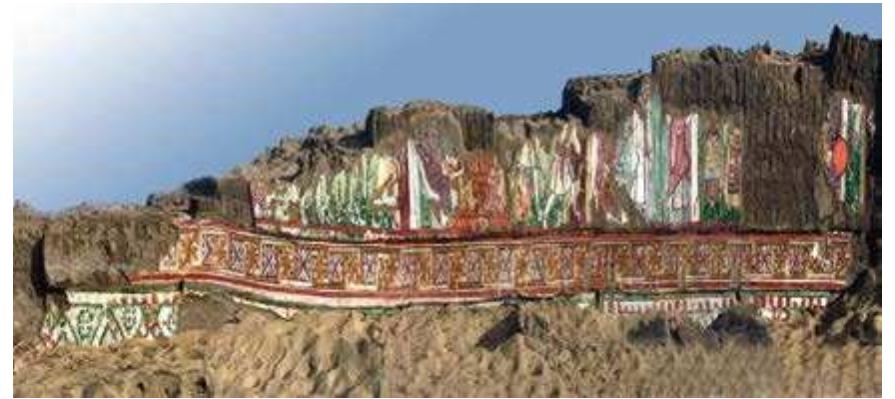
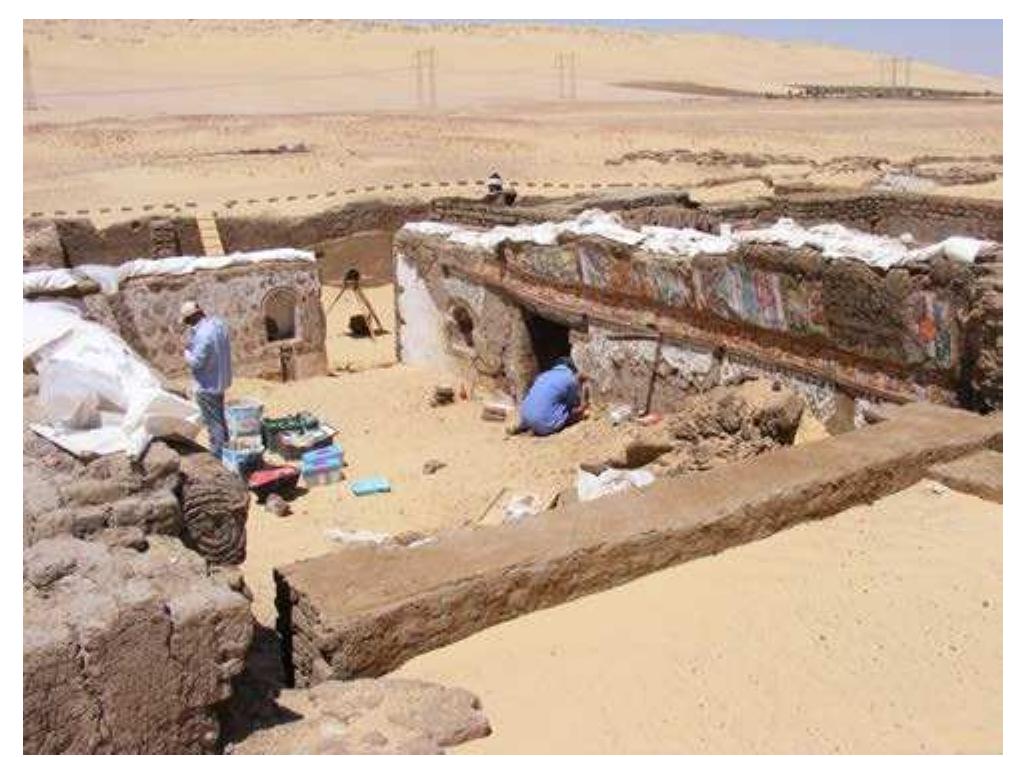

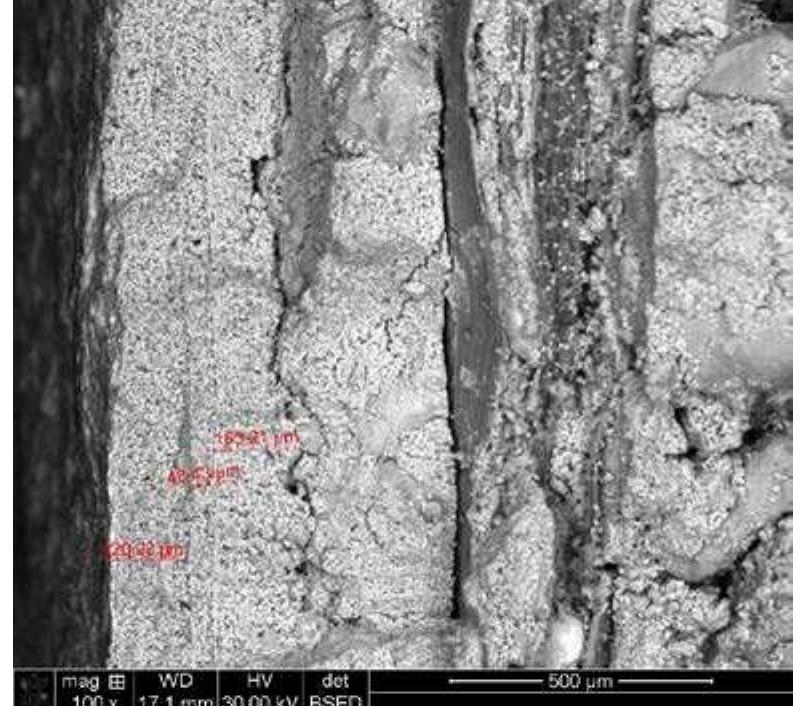
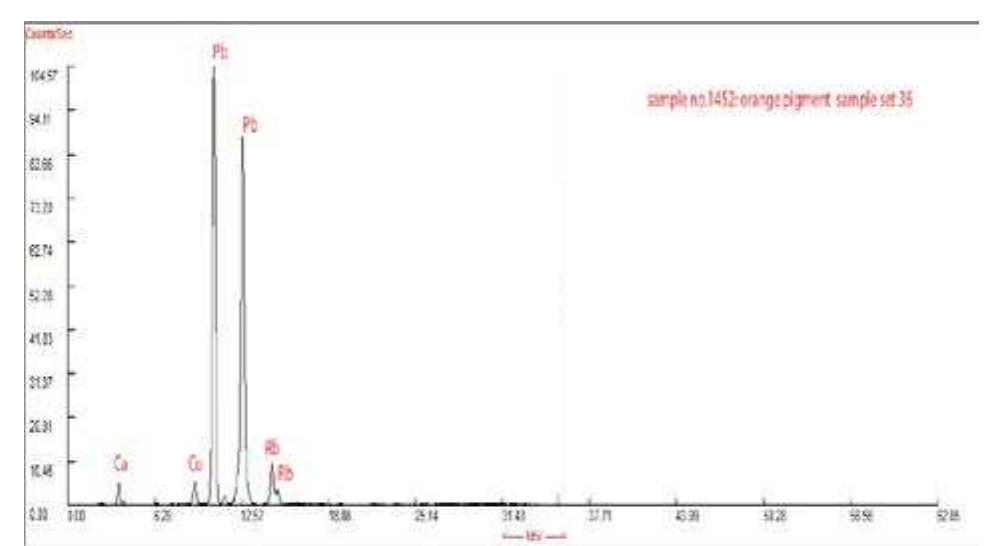
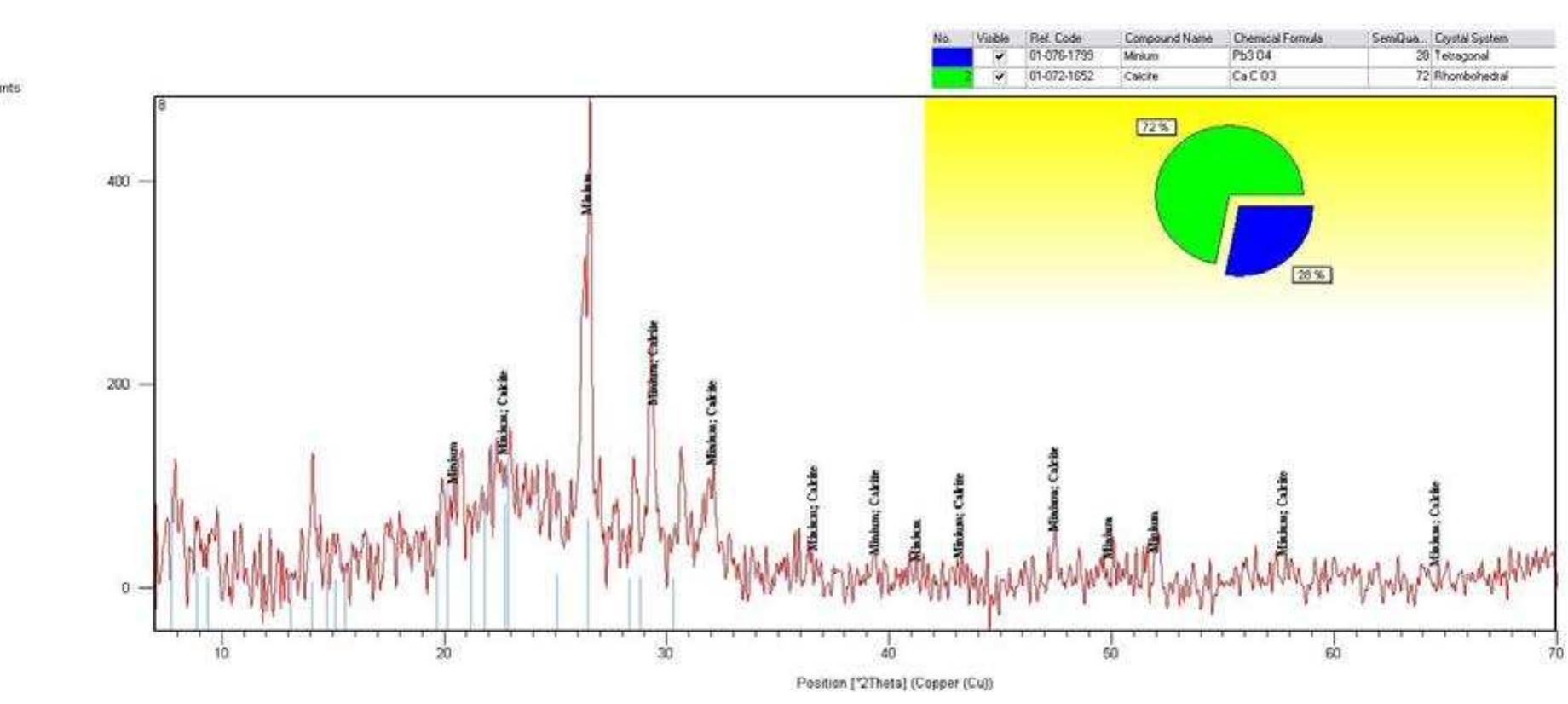

![Figure 8 XRD pattern for the yellow paint layer revealed the presence of natrojarosite, hydrated sodium iron sulphate, [NaFe3(SO,)2(OH)] for the lemon yellow pigment](https://figures.academia-assets.com/50442524/figure_009.jpg)
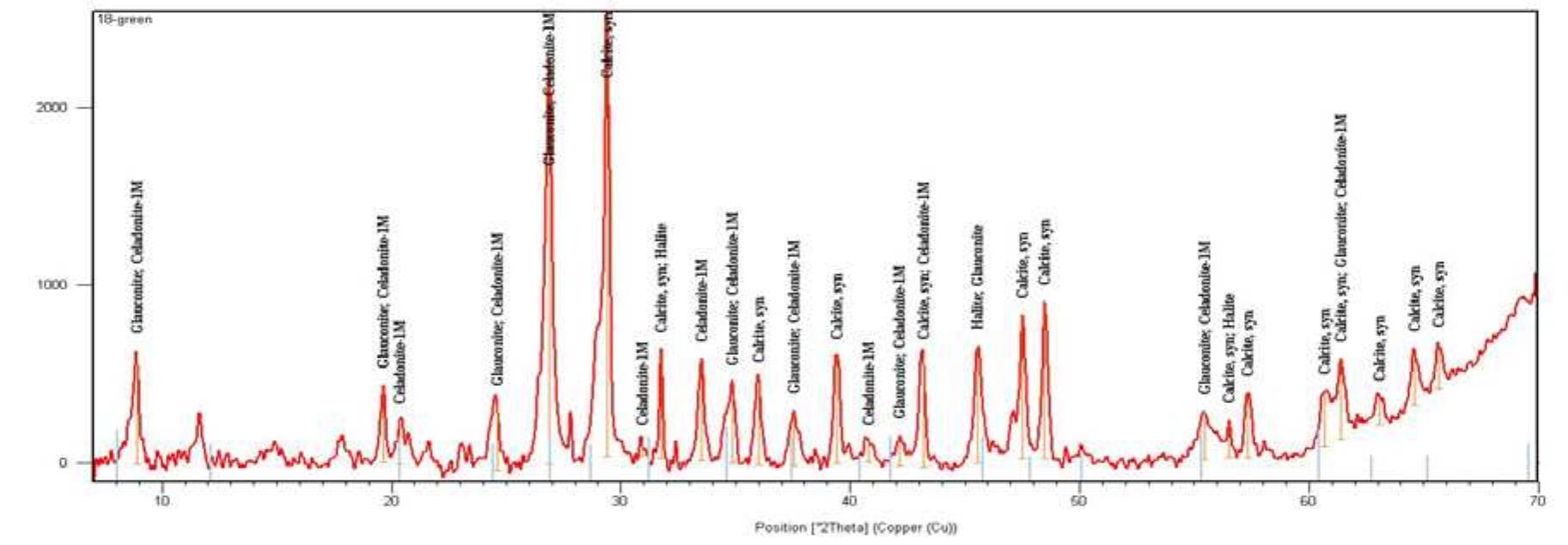
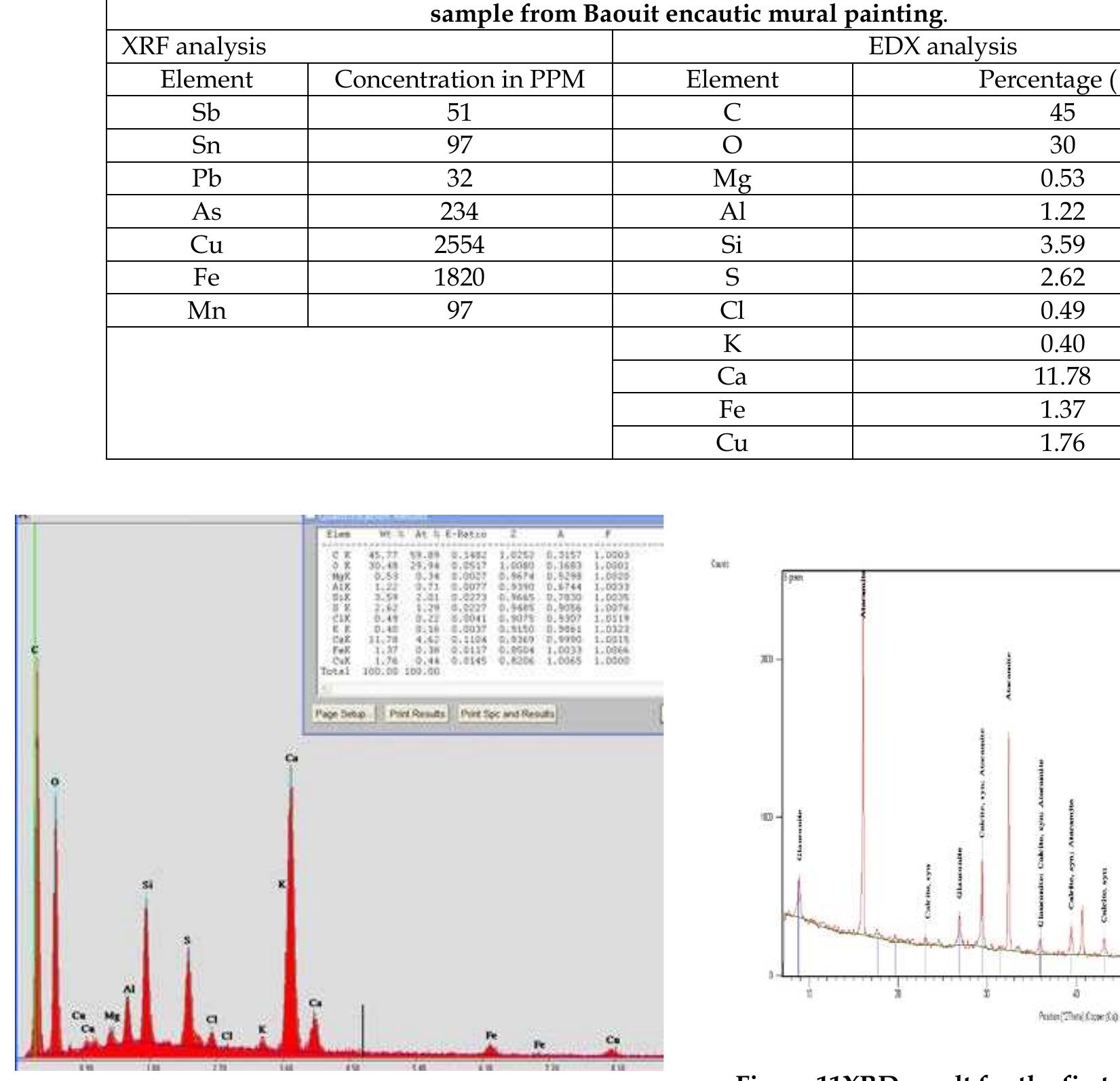
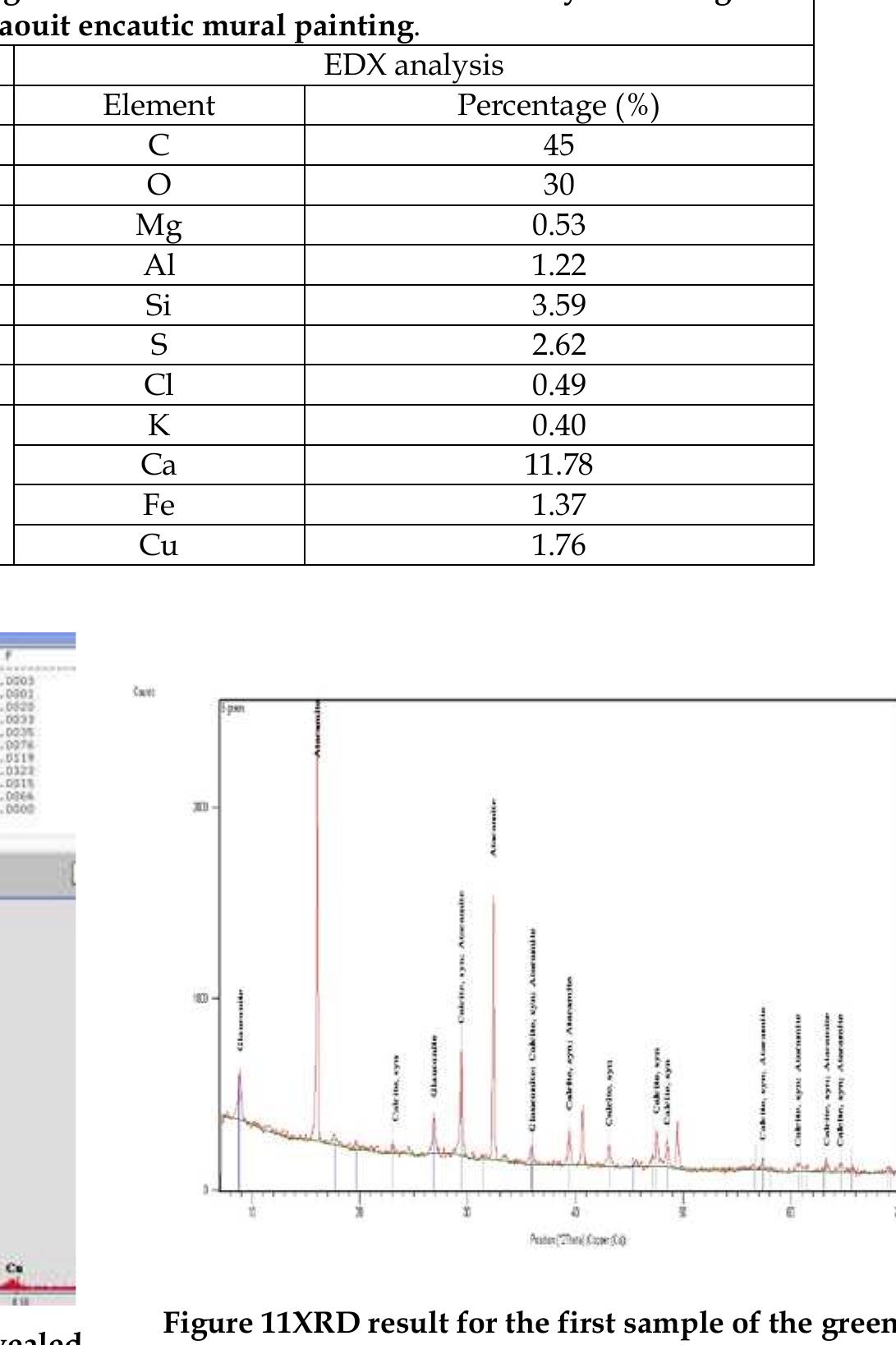

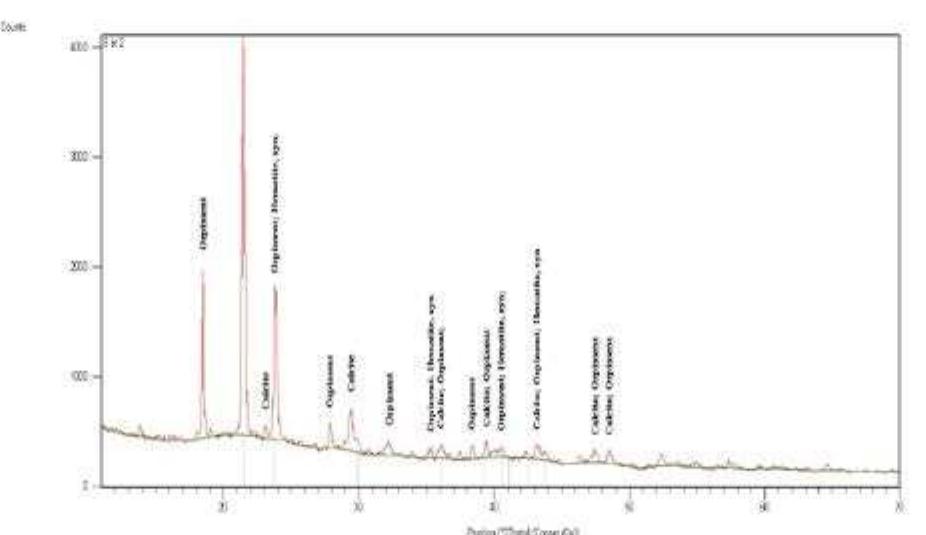
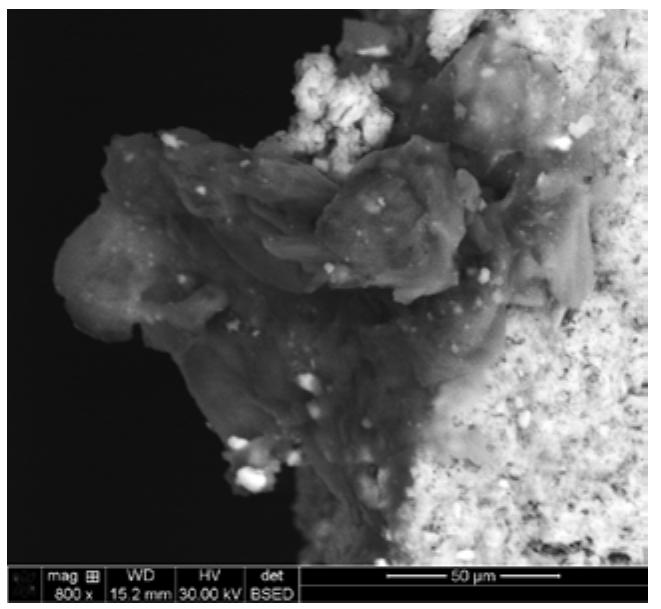
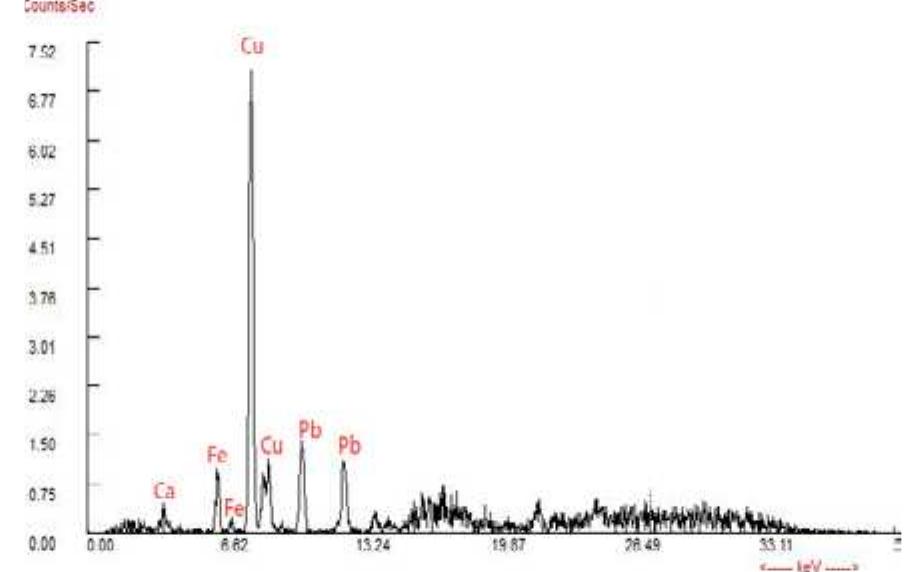

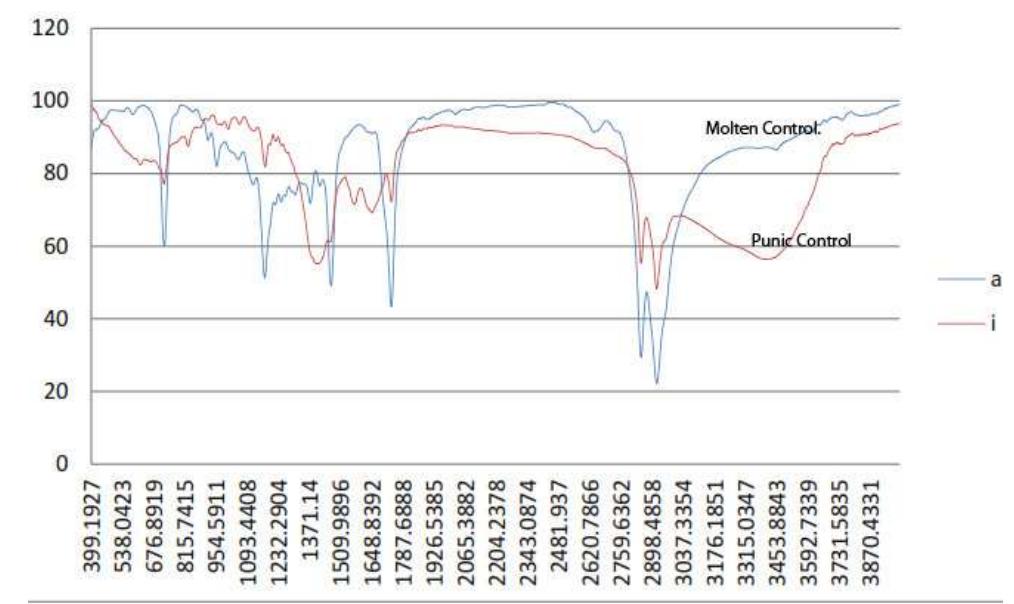
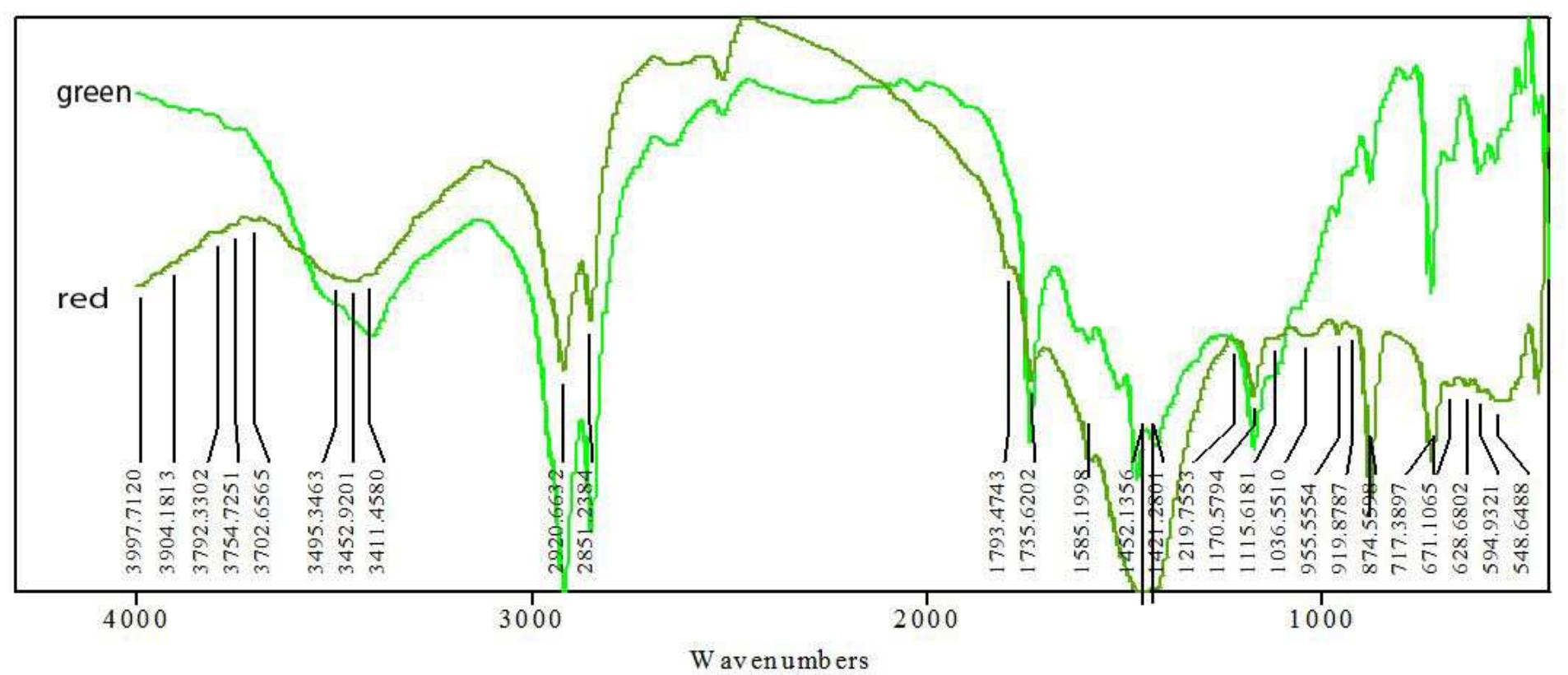
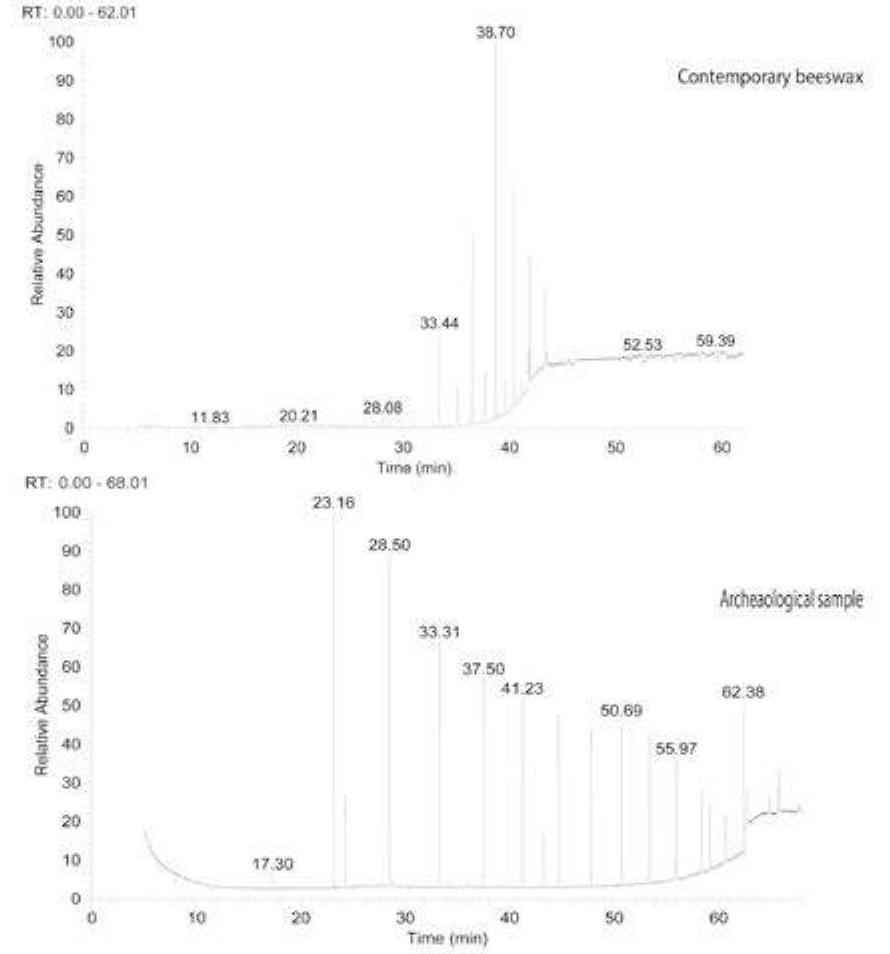
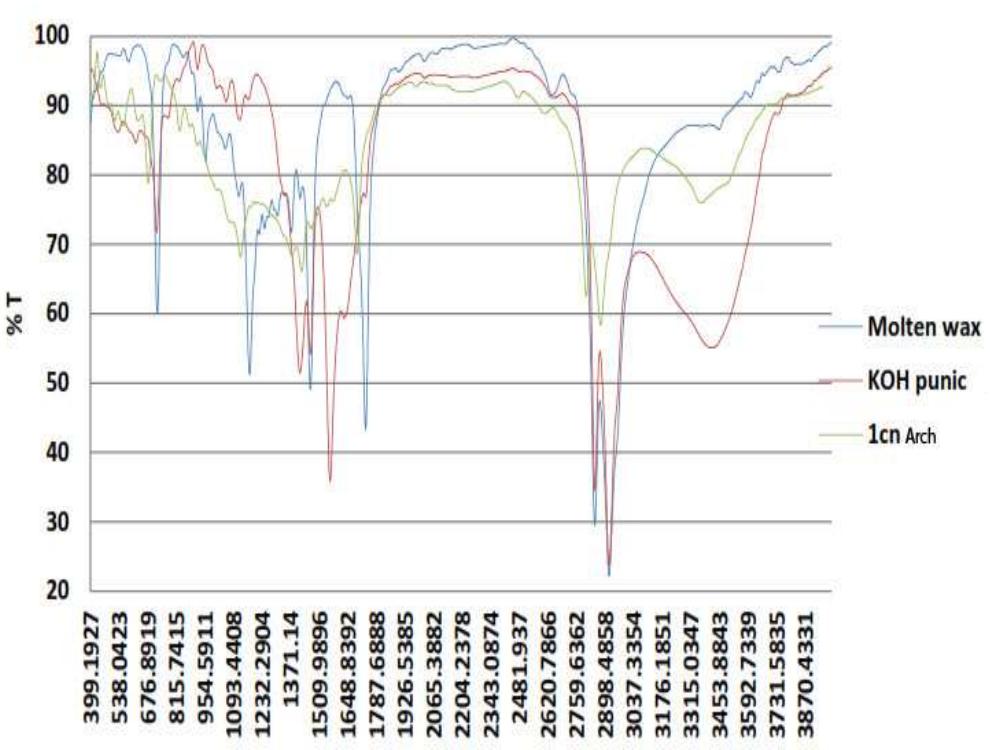
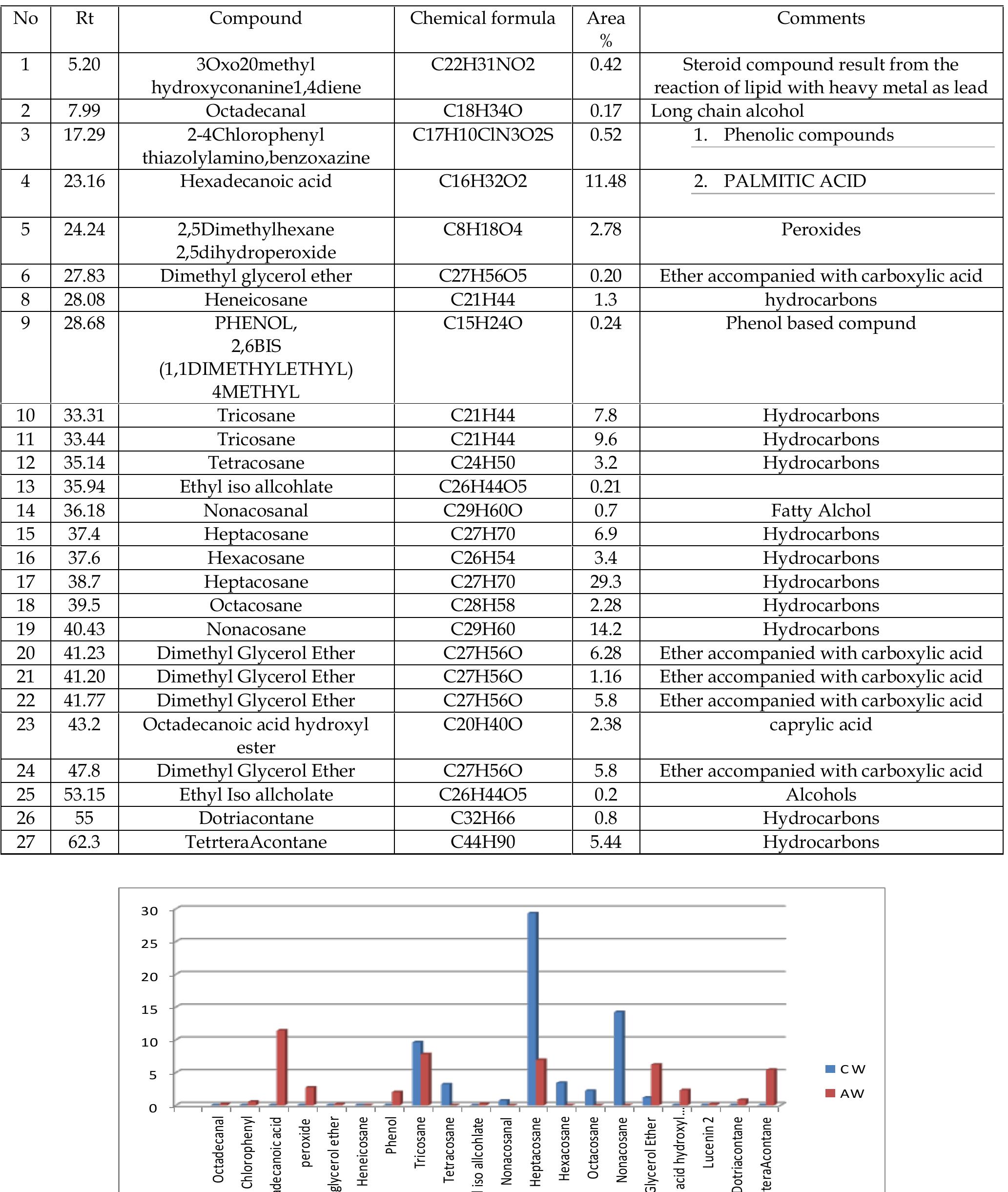
IDENTIFICATION OF THE BYZANTINE ENCAUSTIC MURAL PAINTING IN EGYPT
Abstract:Encaustic painting uncovered in the hermitage of Apa Apollo at Baouit-Assuit, was studied by means of spectroscopic, chromatography as well as elemental x-ray fluorescence, the analysis revealed unique information's about the composition of the organic binding medium, as well as it deformation and alteration pattern. The elemental analysis highlights also the types of pigments used in the artistic palette used by the painter in order to execute his paintings. Beeswax was proved to be used, from bees which feed on sunflower, lead was the major component of the orange pigment indicating the usage of minium, arsenic sulphide mixed with hema-tite was used for the brownish red color, a copper based blue pigment, probably the Egyptian blue as well as the green earth mixed with Attachmate was also used for green colors. The results of the study gives a new information's about a unique paintings executed with a rare technique, in Egypt.
Connect with 287M+ leading minds in your field
Discover breakthrough research and expand your academic network
Join for free
